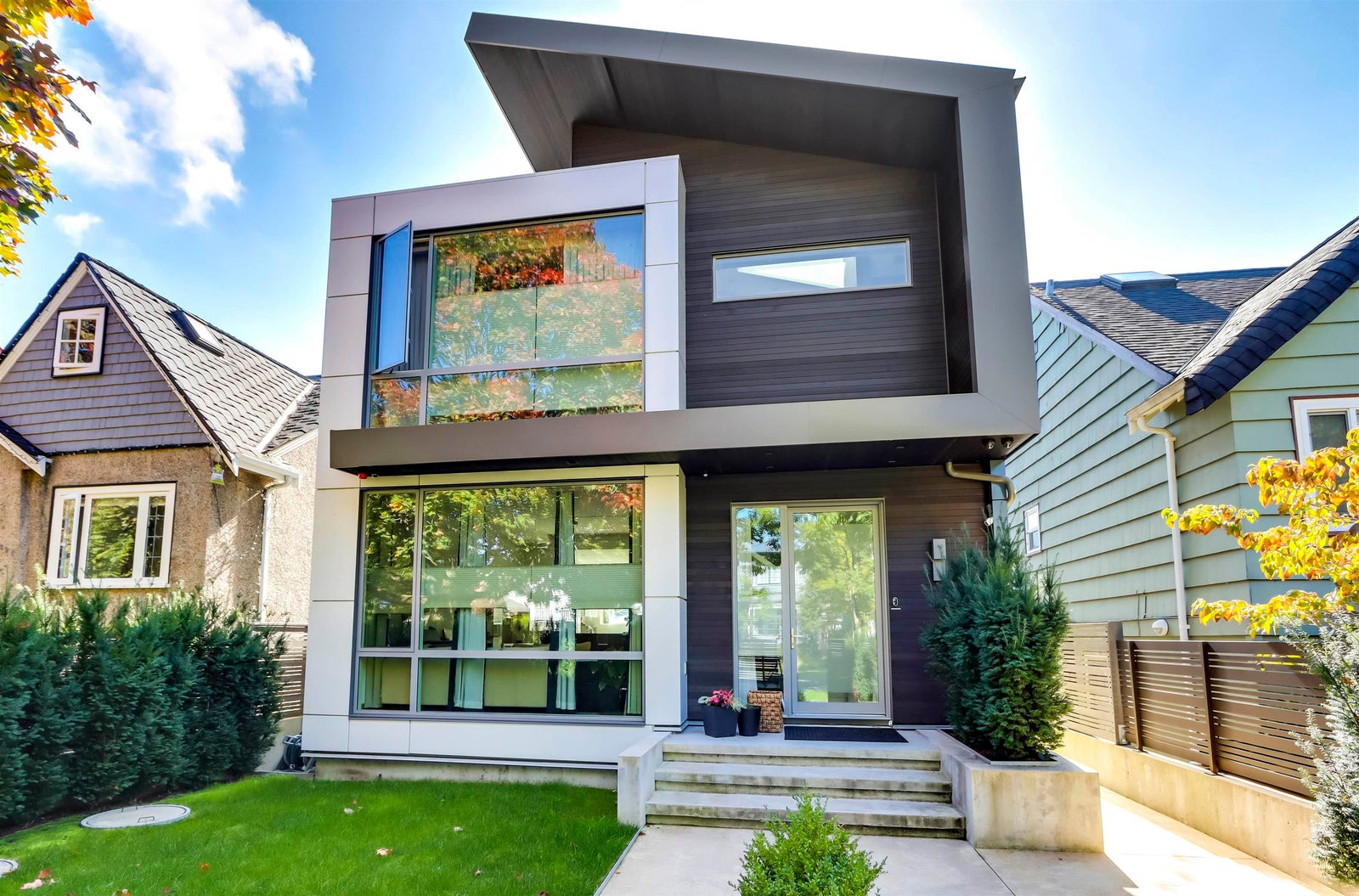
Welcome !
Greater Vancouver is hemmed in by mountains to the North and East, by the sea to the West and by the 49th parallel, international boundary to the South.
Among the City's most extraordinary urban landscapes are the West side's Kitsilano and Dunbar, and East side's neighborhood's streets lines with impossibly tall rows of perfectly manicured hedges that form vertical green street walls.
In some residential areas, such as South West Marine Drive in Point Grey, or around the upland of Shaughnessy Heights and Quilchena, the street wall of clipped, soaring dark green cedar, fir, hemlock, are tightly compressed to form an impenetrable barrier, a kind of regimented, domesticated version of the surrounding rain forest.
